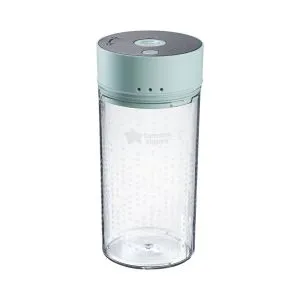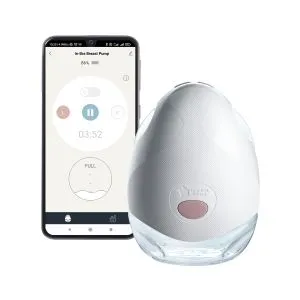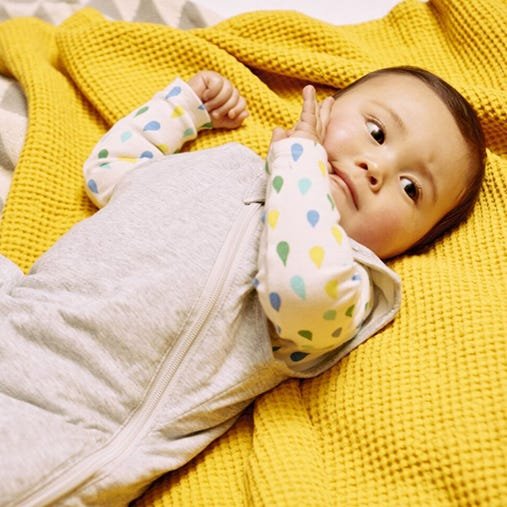Teething is a common and often challenging experience that all babies (and parents) go through. Noticing classic symptoms like excessive drooling and chewing? Then a teething toy is a must-have.
We’ve written this guide to simplify the process of picking the right teether for your baby to help soothe their sore gums and alleviate teething pains.
Types of teething toys for infants
There are lots of different teething toys out there, and it can be hard to know where to start. Don't worry, we’re here to help you understand the different types of teethers, and to highlight the key things to look out for when making your choice.
Remember, safety is the most important thing, always choose non-toxic materials, and consider your baby's development.
Classic teethers
For a reliable teething option, classic rubber or silicone teethers are a winner. They're hard-wearing, easy to clean, and come in a range of shapes and sizes. The textured surfaces are great for providing extra gum stimulation for your baby.
Food teethers
Teethers like our Fresh Food Teether consist of a pouch that you can put soft fruit or puree inside, and your baby can chew on the silicone to taste the flavour of the food. These are great for introducing weaning babies to new tastes and textures, but they do need to be cleaned very thoroughly.
Gel-filled teether chews
Gel-filled teethers are great for soothing sore gums. Just pop them in the fridge – not the freezer! – for a gentle chill. Always follow the instructions for chilling times, and remember to check gel teethers regularly for any damage or leaks.
Wooden teethers
Made from natural wood, these teethers offer a firm chewing surface. They're a popular eco-friendly option. Look for untreated, smooth wood.
Cloth teethers
These teethers combine soft fabric with a harder teething surface like silicone or rubber. If you choose to use a teether with fabric on it, make sure it’s machine-washable for easy cleaning.
Teething mitts
These wearable teethers fit over your baby's hand, so they can soothe their gums while developing motor skills. They're ideal for babies who haven't yet mastered grasping and can help prevent sore spots on their hands from constant sucking and chewing.
How to clean teething toys
The manufacturer's instructions are your best guide to cleaning your baby's teething toys. In most cases, this involves washing with soap and hot water or using a dishwasher.
But what about sterilising? Let’s take a look at the options.
- Steam sterilising: Uses hot steam. Often done with electric or microwave sterilizers.
- UV sterilising: Uses ultraviolet light. Chemical-free and convenient.
- Cold water sterilising: Uses a chemical solution in cold water to disinfect. Good for when heat sterilisation isn't possible.
- Boil sterilising: A traditional method that involves boiling teethers in water for around 5 minutes. It's effective for heat-resistant materials like silicone and some plastics.









